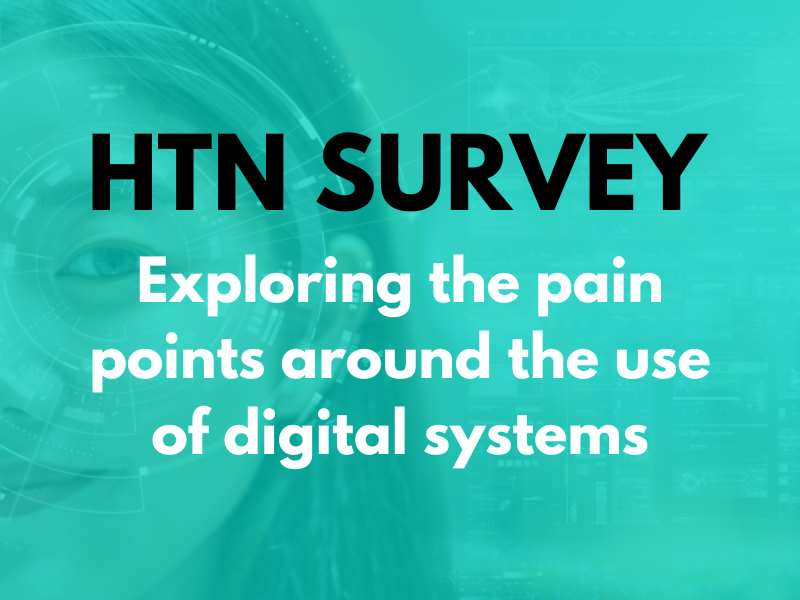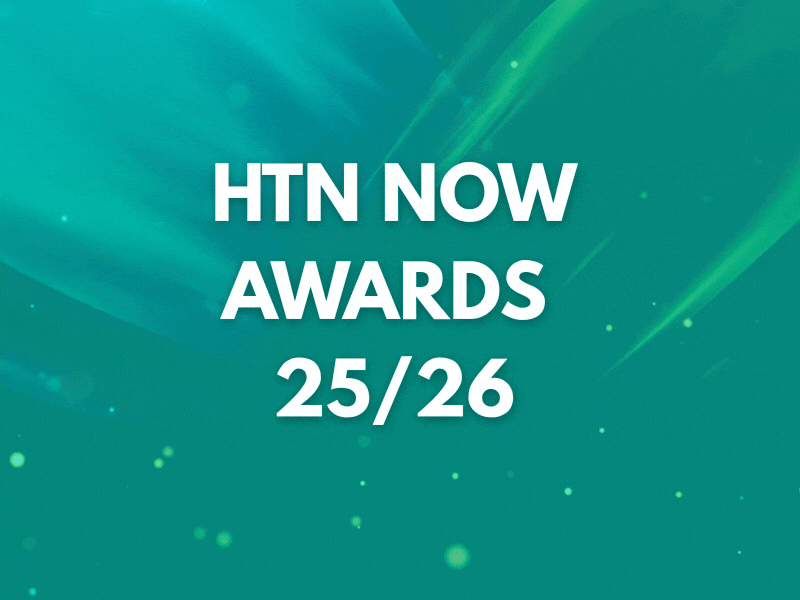In a recent webinar, we were joined by John Kosobucki, CEO and founder of OX.DH, who showcased OX.DH’s innovative OX.waiting room (OX.wr) solution. The presentation focused on enhancing clinician experience, engaging patients, and key considerations for patient engagement projects.
“We started with our solution for assisted reproduction,” John explained. “But we soon recognised that tasks like scheduling, digital consenting, and ordering tests are common across many healthcare pathways.” He went on to share that OX.DH’s journey has been supported by its partnership with the University of Oxford and Microsoft, as well as its onboarding to NHS frameworks, establishing credibility and trust within NHS organisations.
John highlighted the solution’s key features, such as clinical safety — “something that isn’t available as a standalone feature in Microsoft Teams”. He also emphasised the cost savings OX.DH offers compared to legacy systems, coupled with continuous feedback loops from both patients and providers to improve user experience.
Seamlessly integrating with healthcare ecosystems, OX.DH’s OX.waiting room solution handles all types of consultations — virtual, face-to-face, and phone. It offers configurable workflows tailored to specific clinic needs and supports both one-on-one and group sessions. Built within the Azure cloud, OX.wr is accessed directly in Teams with an intuitive and familiar interface for both clinicians and patients.
“A key aspect of our solutions is that they are 100 percent cloud-native,” John noted, “allowing us to take full advantage of Microsoft’s cloud capabilities”. This includes using Microsoft Graph APIs to surface relevant information within the existing Microsoft environment.
For ease of access, clinicians log in via NHS.net AAD using single sign-on, and patients can authenticate themselves using personal details like their appointment ID or date of birth.
Seamless integration with healthcare systems
John further discussed how OX.DH’s waiting room solution integrates into existing healthcare ecosystems using open APIs and built-in intelligence. It connects with electronic patient records (EPRs) through HL7, FIHR, JSON, CSV, and other formats. This enables clinicians to view all appointments from multiple EPR systems in one place, with one-click access to virtual consultations.
OX.DH also provides dashboards that offer real-time insights of key performance indicators (KPIs), such as appointment start times, the number of consultations, and missed appointments. This automation reduces the need for manual Excel spreadsheet tracking, simplifying administrative tasks.
John showcased the successful implementation of OX.DH’s solution at Barnsley Hospital. He invited NHS.net users to take a “free test drive” of the system by creating a Teams channel, adding OX.wr Lobby and Admin tabs, creating a test patient, scheduling an appointment, and launching a mock virtual consultation.
End-to-end virtual consultation support
During the demo, John demonstrated the complete workflow of booking an appointment and conducting a virtual consultation using the OX.waiting room solution. He highlighted pre-configured workflows that send patient notifications via SMS or email and showed how clinicians can view upcoming appointments and easily add MDT members, family, or translators to the consultation if needed.
After answering questions from the audience, John performed a live demonstration from both the patient and clinician perspectives, emphasising the seamless communication and user-friendly experience provided by the device-agnostic, browser-based web app.






